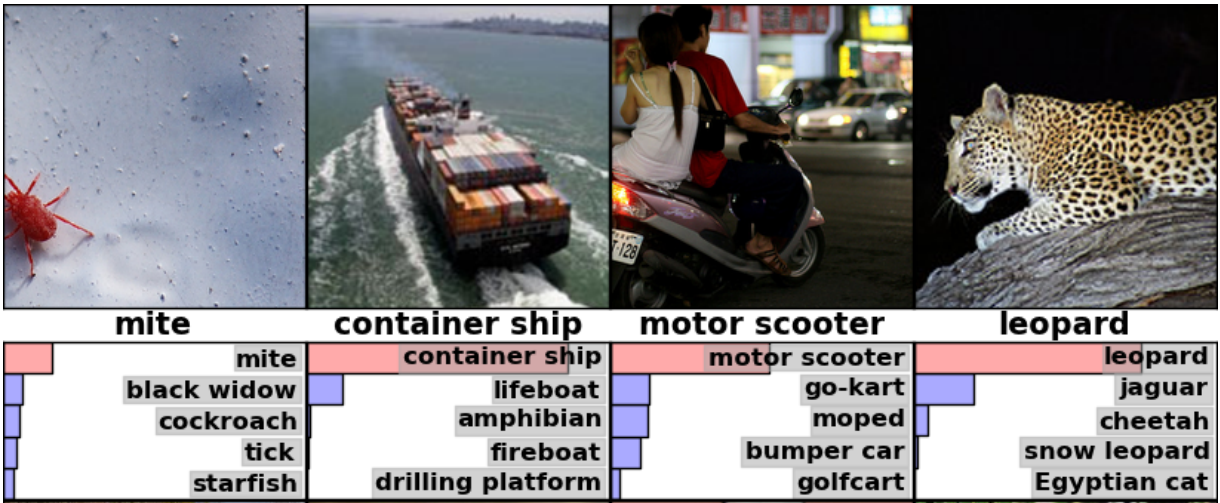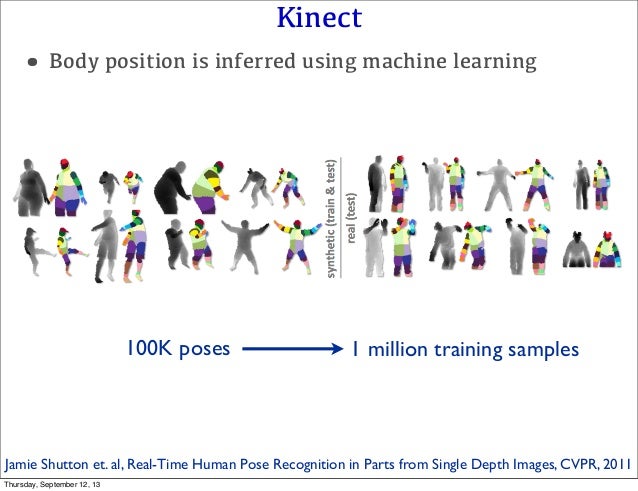What’s hot?
There are new technologies coming out almost every day. Product Hunt is a testament to this. In all the noise, it can be hard to find the trends to focus on. This difficulty is compounded when you’re working in a smaller niche portion of the tech industry, like immersive media.
There are two technologies that are going to quickly become staples in interactive technology and immersive media: Augmented reality and machine learning.
Wikipedia defines augmented reality (AR) as:
a live direct or indirect view of a physical, real-world environment whose elements are augmented by computer-generated sensory input such as sound, video, graphics or GPS data
An example of this is an application that allows you to see an overlay of a star map by looking at your phone screen as your scan the night sky with your phone camera.

Looks cool, right? I think so, and these kinds of apps have been out for years.
Machine learning is another technical development that is going to change how we work with media and interactive technology. It is what tech people really mean when they mention artificial intelligence.
WhatIs.com describes machine learning (ML) as:
the development of computer programs that can change when exposed to new data.
You can think of this as programs that updates the decisions it makes as it accumulates more and more data.
Let’s take a look at each.
State of AR
This year has been shaping up for augmented reality (AR). Numerous large companies have thrown their weight behind AR infrastructure. This is crucial for us because our industry is mostly funded by the development of applications and not by the development of infrastructures.
We get calls from large brands and clients asking to use certain technologies to carry their message or content. They’re not really interested creating whole new technology infrastructures because it’s generally costly. With the amount of creative talent available, it can be easier (read: cheaper) to create a new novel usage of an existing technology than to create a whole new technology. This has long been the case with augmented reality.
There’s been a few platforms and tools that have been available and they were used to great hype at car shows and museums to provide some data overlays or X-Ray-style interactions. These things quickly became old as there was no push for further AR infrastructure development and no-one wants to release the same thing as their competitors.
Where’s AR going?
Apple’s acquisitions of Metaio, Faceshift, and Flyby Media, have paved the way for the release of Apple’s ARkit. ARkit can run on current generation iOS devices with no fancy extra hardware. Apple’s large hardware user base of iOS users gives it a huge edge to attract content creators and developers unlike other AR developments that require specific hardware that is often expensive. Not needing expensive new hardware or a strange looking headset is the turn AR has been waiting for.
Facebook AR developments come in the form of AR Studio, its augmented reality platform. The current focus of AR Studio is on selfie-style masks, data overlays, and adding digital objects on the real world. There’s talk of the platform expanding to Facebook games, graffiti, business application, and beyond. Facebook’s focus is similar to Apple’s when it comes to creating a platform and letting developers build applications faster and easier. Facebook calls it the creation of the “AR camera”, which means that they’re taking care of all the back-end computer vision and tracking, and giving you an easy to use platform to build content on.
Alongside Apple and Facebook, Google continues its mobile AR developments with Project Tango. The problem with Project Tango is that it requires special hardware, thus closing its market reach severely.
State of ML
Machine learning products and developments have been hot in the news, especially when a machine learning application defeats a human at something. We’ve seen DeepMind’s AlphaGo defeat a world champion Go player, machine learning read lips better than a professional lip reader, machine learning applications to help diagnose cancer, and much more. So machine learning is getting pretty good at making decisions. This doesn’t sound as exciting or artistic as AR until you look a little deeper.
There are a handful of ML-for-arts frameworks being developed that could lead to new collaborative technologies for artist, such as Google’s Magenta project or ml4a (Machine learning for artists) a soon-to-be-published book.
While the machine learning applications are a bit harder to get at than the augmented reality applications, they will create an even bigger change for content creators. They will take state machines and permanent installation work to a whole new level by allowing them to grow over time in interesting ways. Integrating ML into installation back-ends will allow installations to:
1. classify objects in front of them with high accuracy

2. stylize images based on criteria
 3. create more robust gesture recognition frameworks for sensors like Leap Motions and Microsoft Kinects
3. create more robust gesture recognition frameworks for sensors like Leap Motions and Microsoft Kinects

Get Our 7 Core TouchDesigner Templates, FREE
We’re making our 7 core project file templates available – for free.
These templates shed light into the most useful and sometimes obtuse features of TouchDesigner.
They’re designed to be immediately applicable for the complete TouchDesigner beginner, while also providing inspiration for the advanced user.
What’s next for ML
ML is still a bit of ways away from easy to use implementations and clients aren’t even asking for it yet. If you’re willing to get your hands dirty, you can get a leg up on the competition by diving into some of the more popular machine learning frameworks like TensorFlow from Google or IBM’s Watson platform. Starting by adding some feature augmentations that use simple implementations of machine learning will demonstrate a market usage to machine learning developers that will then result in easier to use machine learning frameworks and infrastructures developed for arts usages. You can then use these new features as unique selling points on your work. Sounds like a win-win-win situation!
Wrap up
Augmented reality is finally getting the big infrastructure push it deserves and will become more and more mainstream as Apple and Facebook roll out implementations that don’t require special hardware.
Machine learning is still newer and uncharted territory but it shows a lot of promise in changing how we work and how immersive media and installations can interact and react over long periods of time.
Augmented reality and machine learning are here to stay, there’s no question about it. I’d suggest getting your hands dirty in these two technologies that are about to become common asks from clients!